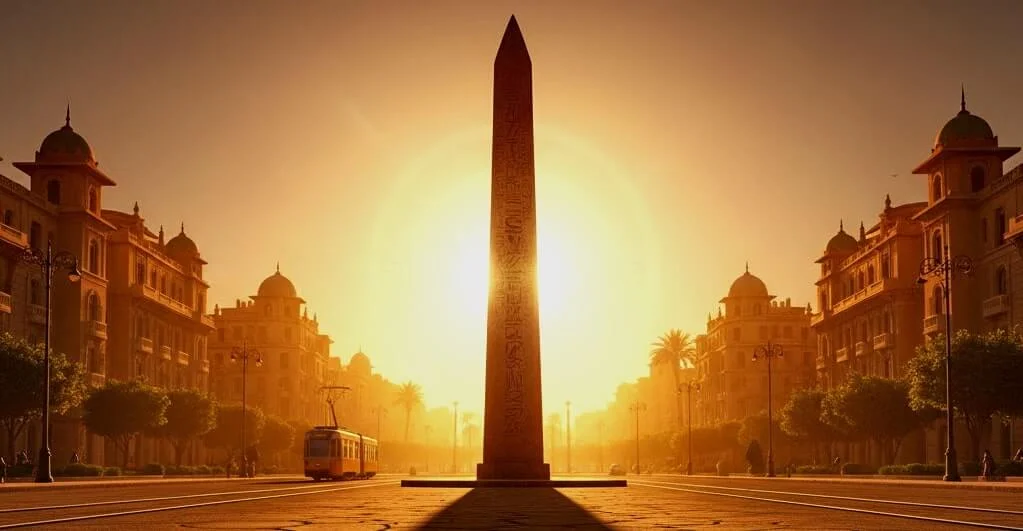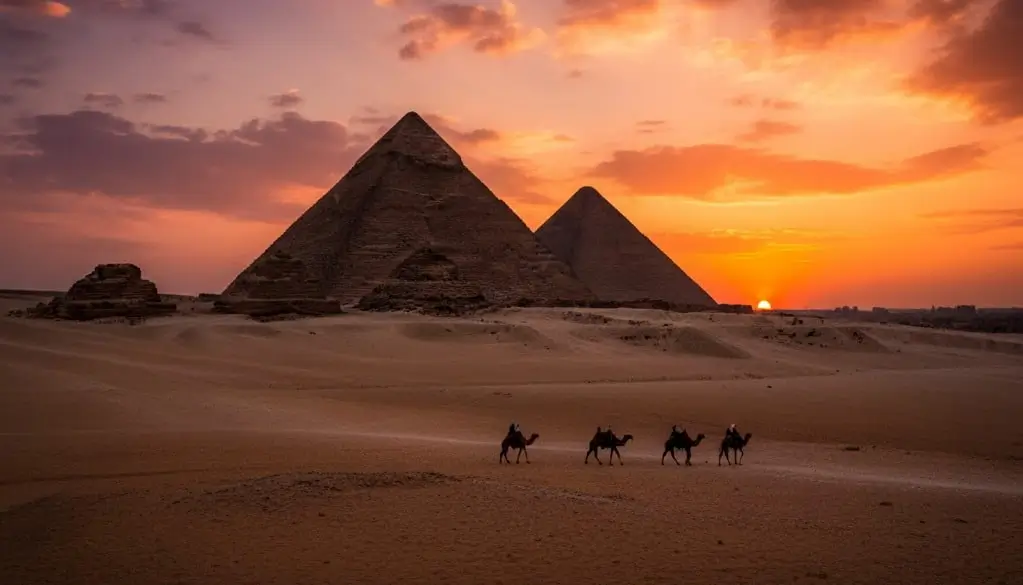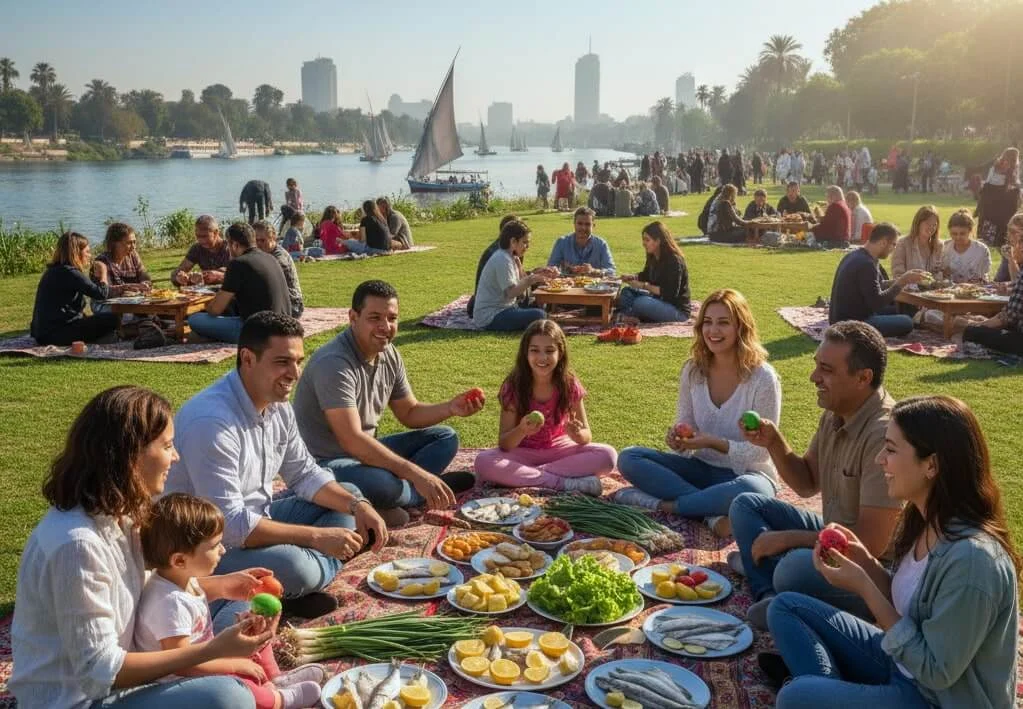Welcome to Luxor, the city that is, quite simply, the world’s greatest open-air museum. This is not just a city; it is the ancient, beating heart of Pharaonic Egypt. This is Thebes, the legendary capital of the New Kingdom, the city of gods, kings, and colossal monuments.
While Cairo has the Great Pyramids, Luxor has everything else. The sheer concentration of temples, tombs, and statues here is unlike anything else on Earth. The city is a living history book, and its “pages” are divided by the majestic Nile River:
- The East Bank: The “Land of the Living,” where the sun rose. This was the city of Thebes itself. It’s home to the living population and the magnificent temples for worship, like Karnak and Luxor Temples.
- The West Bank: The “Land of the Dead,” where the sun set. This was the Theban Necropolis, the sacred burial ground for the pharaohs and their queens, home to the Valley of the Kings and the Valley of the Queens.
A visit to Egypt is incomplete without immersing yourself in the awe-inspiring grandeur of Luxor.










